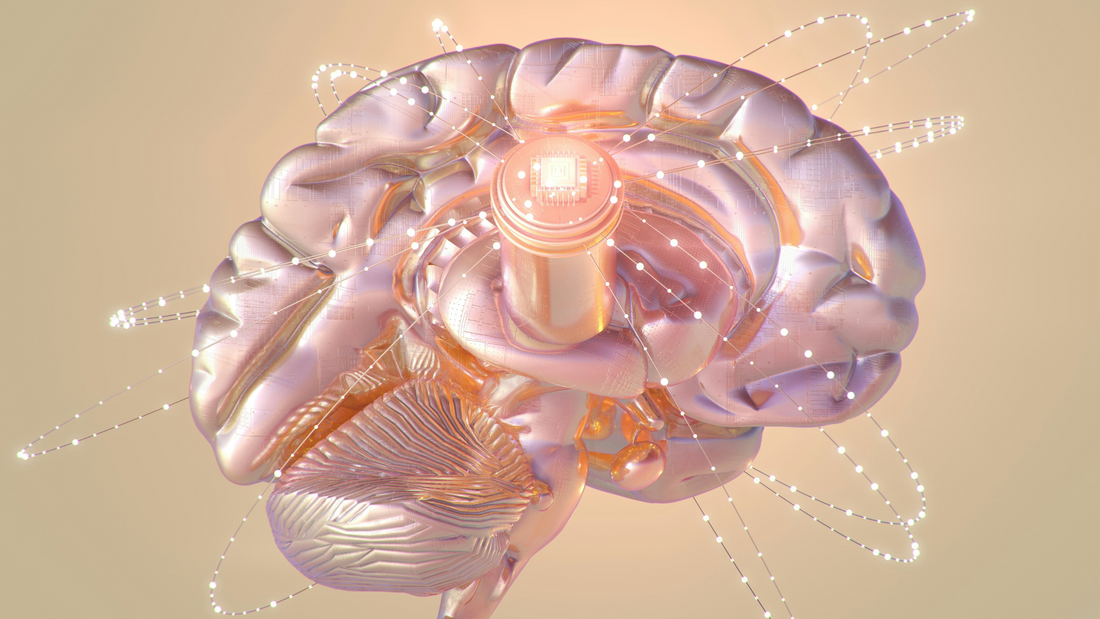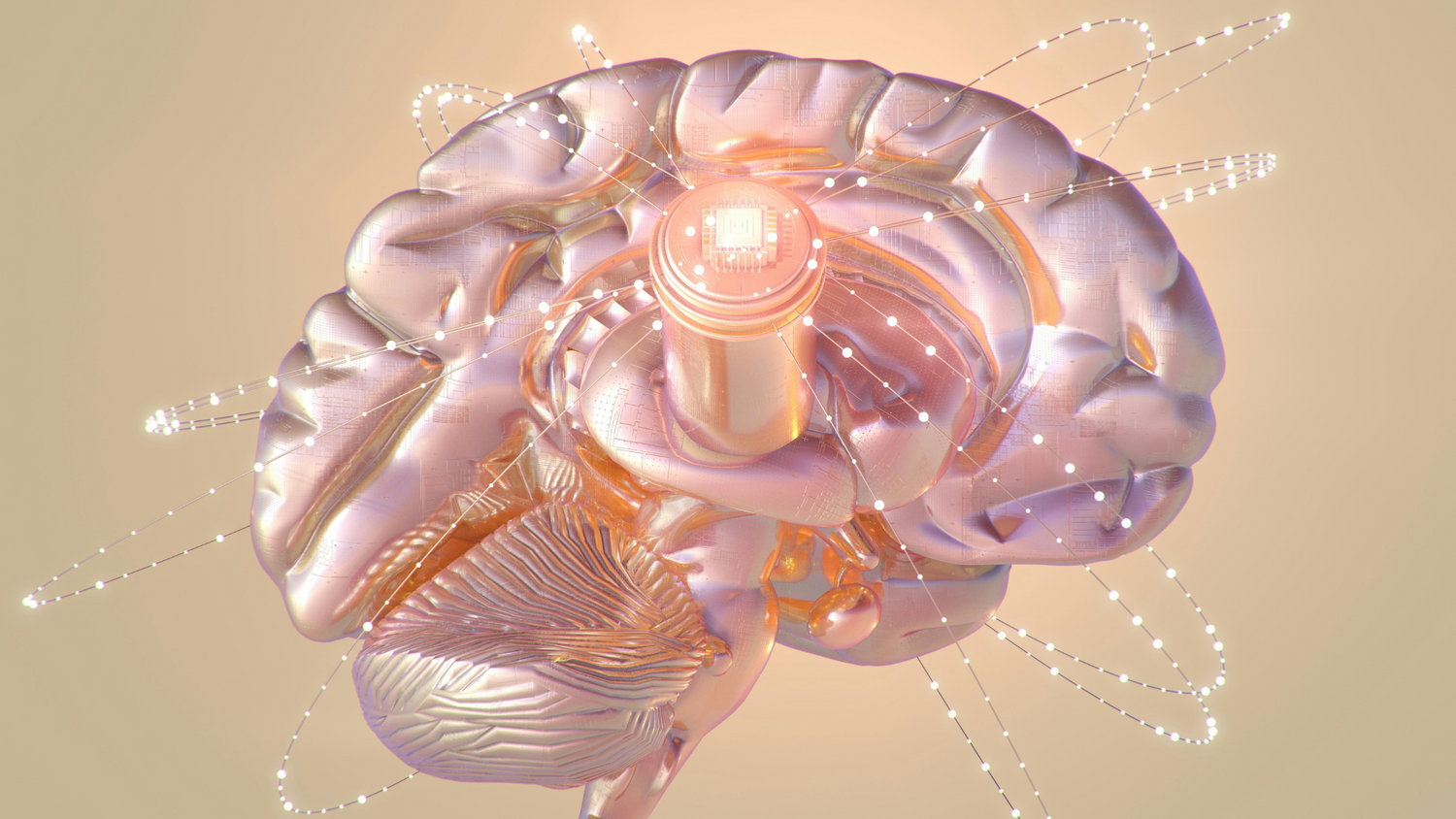The reason behind vinyl's favorable reception by listeners involves more than sound quality since scientific evidence shows analogue audio differs from digital audio in its effects on human brains. The way our brains process sound waves links directly with the physical grooves found on records to produce their unique effects on our neurological system.
The Physicality of Sound
The analysis begins with sound mechanics because analog music affects listeners differently. Sound waves produce physical vibrations which pass through air as their medium. Analog formats preserve sound waves by writing vibrations into continuous signals which vinyl records and cassettes record through groove etching and magnetic magnetization. The transmitted signal preserves all natural sound wave variations together with its delicate imperfections.
Digital sound requires sampling. Digital audio becomes a series of numbers after being measured at specific intervals (a standard CD samples at 44,100 times per second). Although digital audio provides both precision and practicality it naturally discards some of the tiny recording details. This marks the beginning point for the "warmth" effect of analog audio to emerge.
Brainwaves and Frequency Response
The brain processes audio information through a complex neural pathway that includes the cochlea and auditory nerve together with the auditory cortex. The auditory system functions naturally when it encounters analog sound because this sound type provides harmonic content and a continuous waveform. Research findings indicate analog sound generates synchronized brainwave patterns in alpha and theta bands which link to relaxation states and creative thinking and deep listening.
According to a Frontiers in Human Neuroscience research study live audio experiences that function through continuous signals generate stronger emotional reactions and greater cortical brain activity than compressed digital audio. Vinyl listening seems to produce these feelings of "immersive" and "emotional" qualities among listeners.
The Role of Psychoacoustics
Psychoacoustics—the study of how humans perceive sound—offers further insight. Analog audio formats produce various background noises through record crackling and cassette hissing while tape decks make distinct mechanical noises. These random sounds function as signals that strengthen both the spatial connection and the feeling of being present for listeners. Listeners experience the music through their sense of being inside it.
The removal of sonic "artifacts" in digital playback creates cleaner audio but results in a less realistic and less textured sound experience for listeners' brains. The removal of sonic "artifacts" through digital playback results in cleaner sound but at the expense of the brain's natural ability to detect spatial details. The result? A slightly flatter, less engaging auditory experience.
Touch, Ritual, and Memory Encoding
Behavioral experiences create an additional dimension that deepens how people interact with music through analog formats. When people handle records or cassettes their brains activate multiple areas beyond the basic auditory processing centers through the activation of tactile memory. The physical process of placing a needle or flipping tape generates a ritualistic experience which enhances emotional and episodic memory formation.
Neuroscientist Daniel Levitin explains in his book *This Is Your Brain on Music* that multisensory experiences including sight and sound and touch strengthen the storage and retrieval of music-related memories. People frequently connect distinct albums and audio formats to powerful life memories.
A2D2: Bridging Analogue Warmth with Digital Freedom
The A2D2 Stream allows users to stream analog sound from vinyl records, cassettes and CDs wirelessly while maintaining their authentic rich audio characteristics. The wireless transmission of analogue audio through A2D2 preserves the complete analogue audio characteristics while eliminating traditional playback restrictions.

The experience goes beyond nostalgia because it provides neurological activation alongside deep emotional experiences while connecting multiple senses. The A2D2 system preserves the authentic listening experience by delivering natural sound patterns to the brain in any location.
The superior experience of vinyl listening remains authentic despite the name. Modern technology including A2D2 allows users to maintain their love for analog listening without sacrificing convenience.
Explore our related blogs here:
The Science of Nostalgia: Why We Crave the Crackle of a Record or the Whirr of a Cassette


